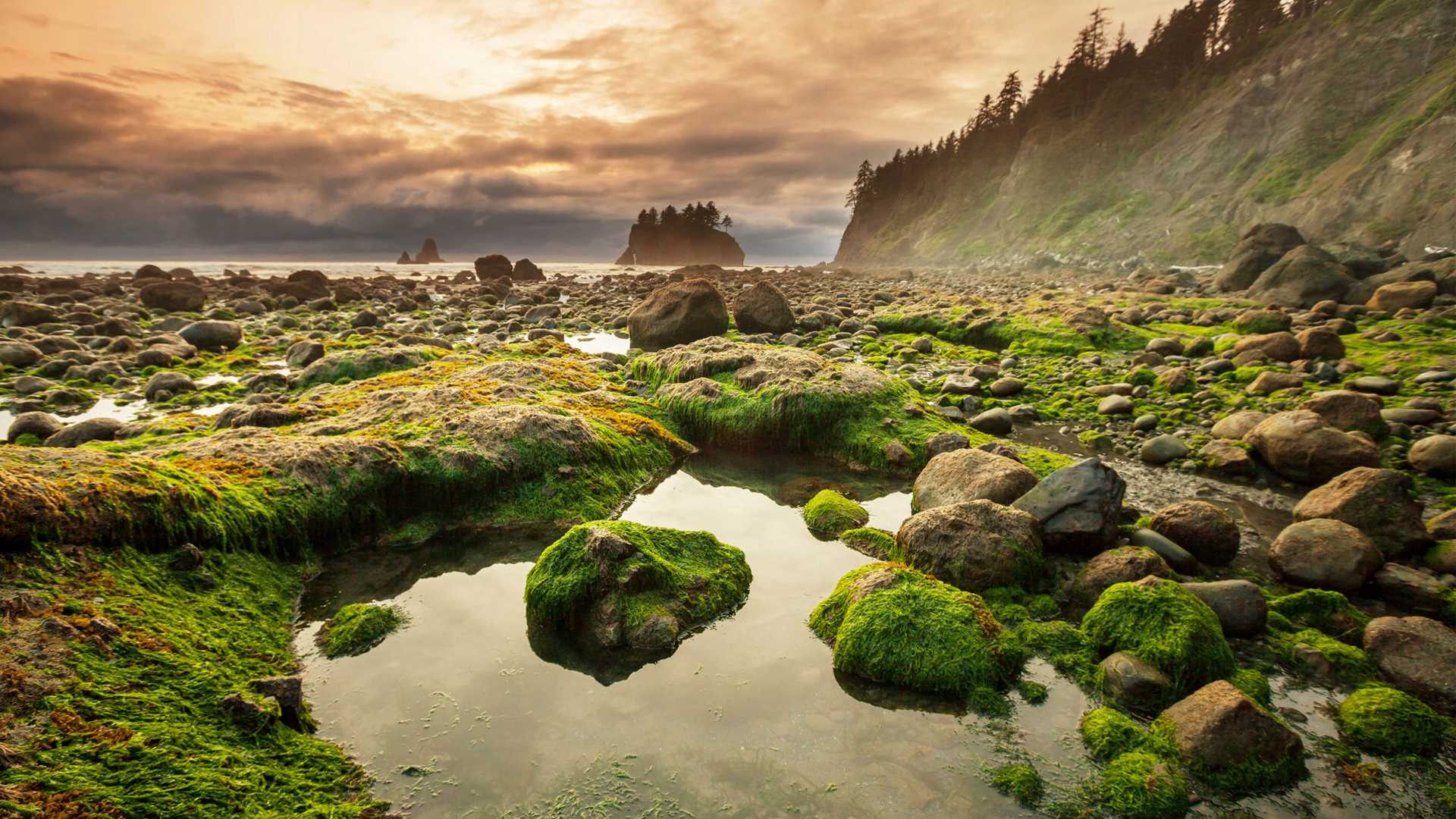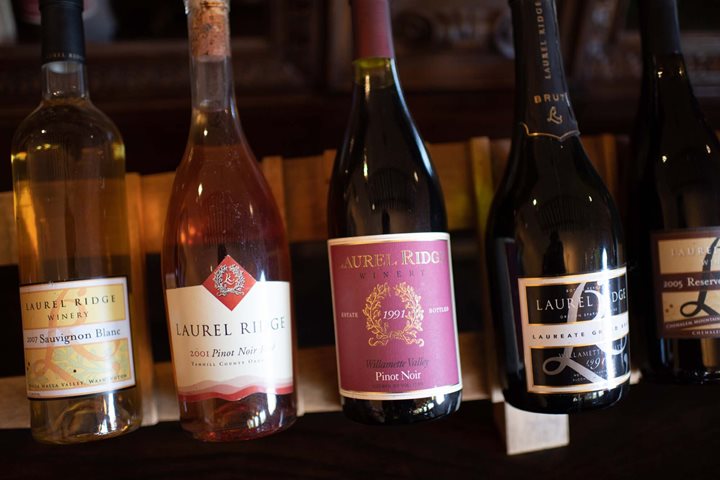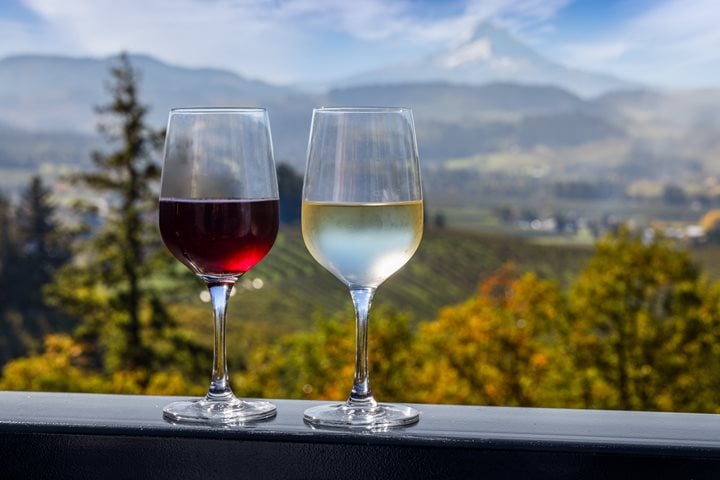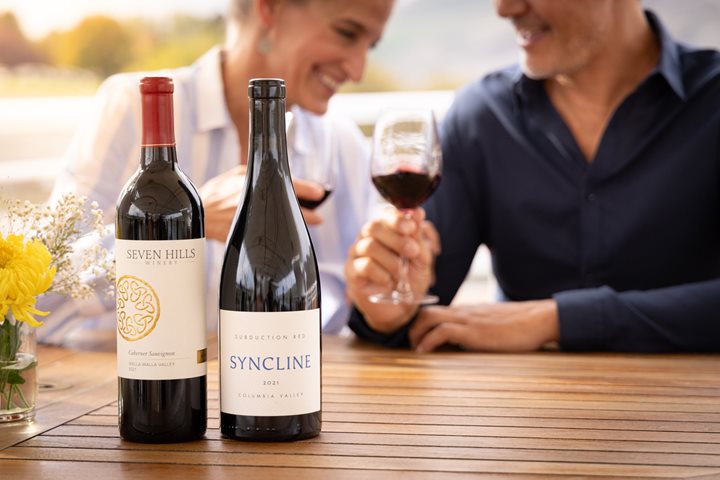This October, Lindblad Expeditions-National Geographic is proud to feature a brand-new expedition, Exploring the Pacific Northwest: the Jewels of the Salish Sea. Crafted by our team of Seattle-based experts, this 7-night trip will take guests to some of the Pacific Northwest's most intriguing hidden corners. But the name “Salish Sea” is itself intriguing—it's a relatively new term coined to describe a unique ecosystem. Read on to learn more, and then join us this fall to experience it for yourself.
Chances are, even if the name “Salish Sea” doesn’t ring a bell, the area is still at least a little familiar to you. The name describes the area of coastal British Columbia and Washington State that encompasses Puget Sound, the Strait of Georgia, and the Strait of Juan de Fuca. These waters contain more than 400 islands, mostly contained within Canada’s Gulf Islands and Discovery Islands, and the San Juan Islands, which are part of the United States.
Why is it called the Salish Sea?
Although this region is at least recognizable on a map to most North Americans, you’re forgiven if the term itself is new to you. The name has only been official since 2009, when the State of Washington and the British Columbian provincial government officially adopted it. “Salish Sea,” which honors one of the First Nations ethno-linguistic groups who live in this area, provides a convenient shorthand to describe an area that encompasses parts of two countries and numerous waterways. Put another way, rebranding the area helps the public understand that the entire interconnected system needs to be protected and preserved.
The name Salish Sea was first coined by marine biologist Bert Webber in 1988. At the behest of the National Oceanic and Atmospheric Administration (NOAA), Webber and his colleagues at Western Washington University conducted a comprehensive ecological survey of the region following the Exxon Valdez oil spill, and they discovered that the waterways surrounding Washington State and British Columbia were far more interconnected than had been previously thought.
Map of the Salish Sea & Surrounding Basin, Stefan Freelan, Western Washington University, 2009
Where are the boundaries of the Salish Sea?
The surrounding basin extends as far as British Columbia’s Mount Waddington in the north and Mount Rainier in the south. It includes the cities of Olympia, Tacoma, Seattle, Port Angeles, and Bellingham in Washington as well as Vancouver and Victoria in British Columbia. The region extends from the entrance of the Strait of Juan de Fuca in the west, northward encompassing the Strait of Georgia, and south as far as Olympic National Park. In other words, if it’s a major landmark in the coastal Pacific Northwest, it’s either part of the Salish Sea or adjacent to it.
The Salish Sea and its surrounding land is shared somewhat equally between the United States and Canada. The 49th parallel defines the land border between the two nations, and once the border hits the Pacific Ocean, it dips southward directly through the middle of the Salish Sea, dividing the region so that Canada owns Vancouver Island and the San Juan Islands belong to the United States.
What can I see in the Salish Sea region?
Point Roberts, Washington
The lone outlier to this tidy division is the town of Point Roberts, Washington, a sleepy beach town of around 1,000 residents, located just south of Vancouver. Because this “pene-enclave” dips below the 49th parallel, it is technically a part of the United States despite being completely cut off from it. Traveling to the U.S. mainland from Point Roberts involves crossing two land borders or visiting via private boat.
San Juan Islands
Due south of Point Roberts are the San Juan Islands, a popular tourist destination with ample opportunities for hiking, kayaking, and exploring via Zodiac. The islands feature second-growth forests filled with wildlife, including more than 125 breeding pairs of bald eagles. The waters around the San Juans are also one of the easiest places to spot whales. Between March and October, visitors are likely to spot the local pods of killer whales, as well as the occasional humpback or minke whale.
Olympic National Park
Back on the mainland, Olympic National Park lies on a peninsula at the southernmost edge of the Salish Sea basin. Sandwiched between the Olympic Mountains and the Strait of Juan de Fuca, the park features varied terrain including from temperate rainforests to glaciated mountains, and is home to numerous endemic plant and animal species.




